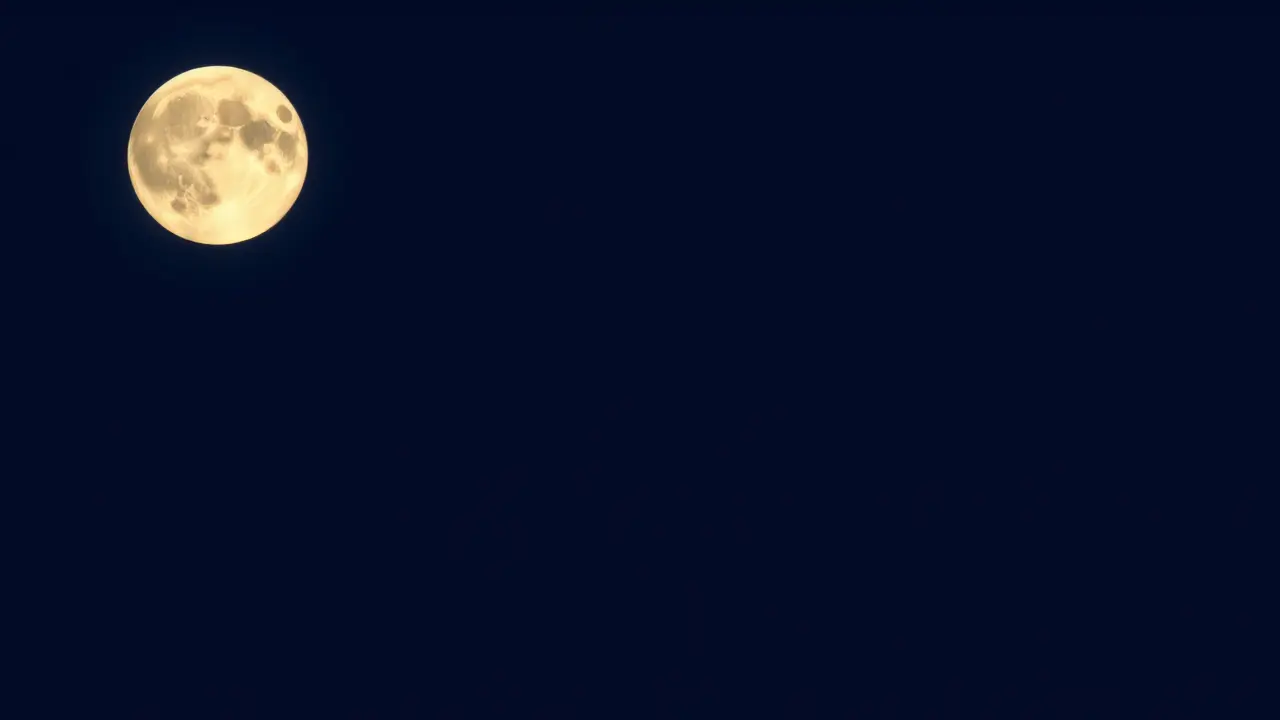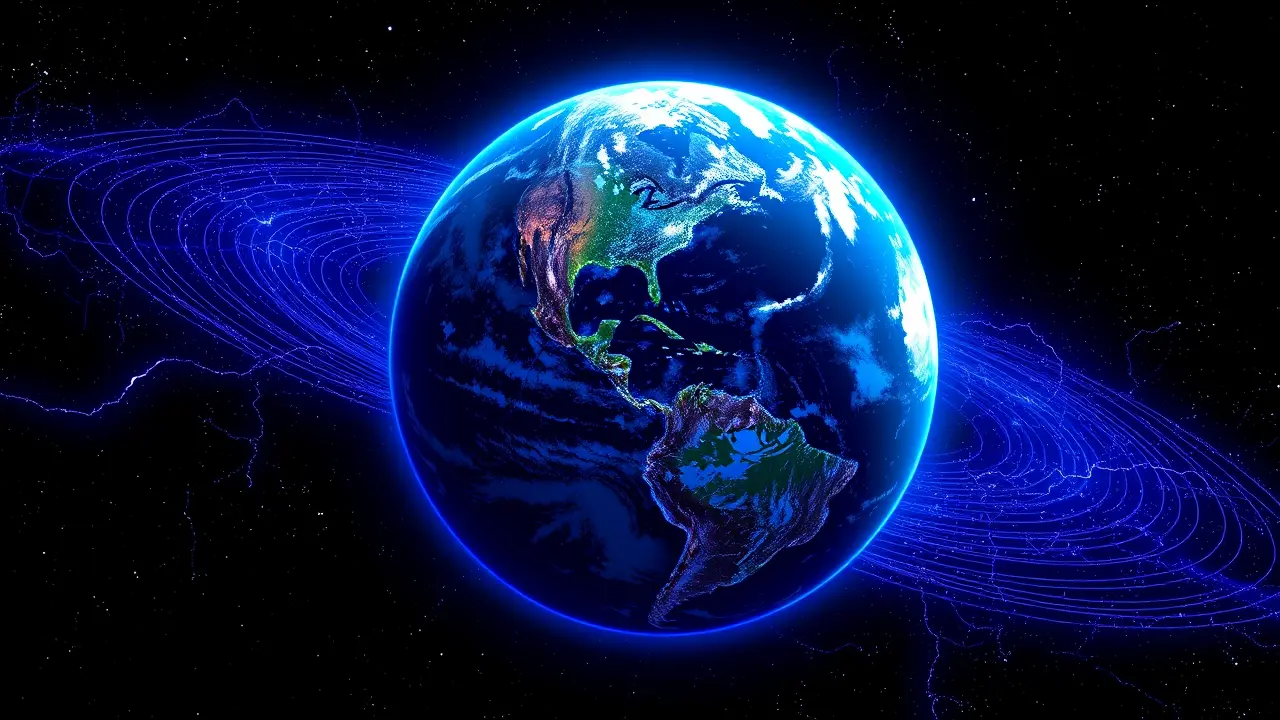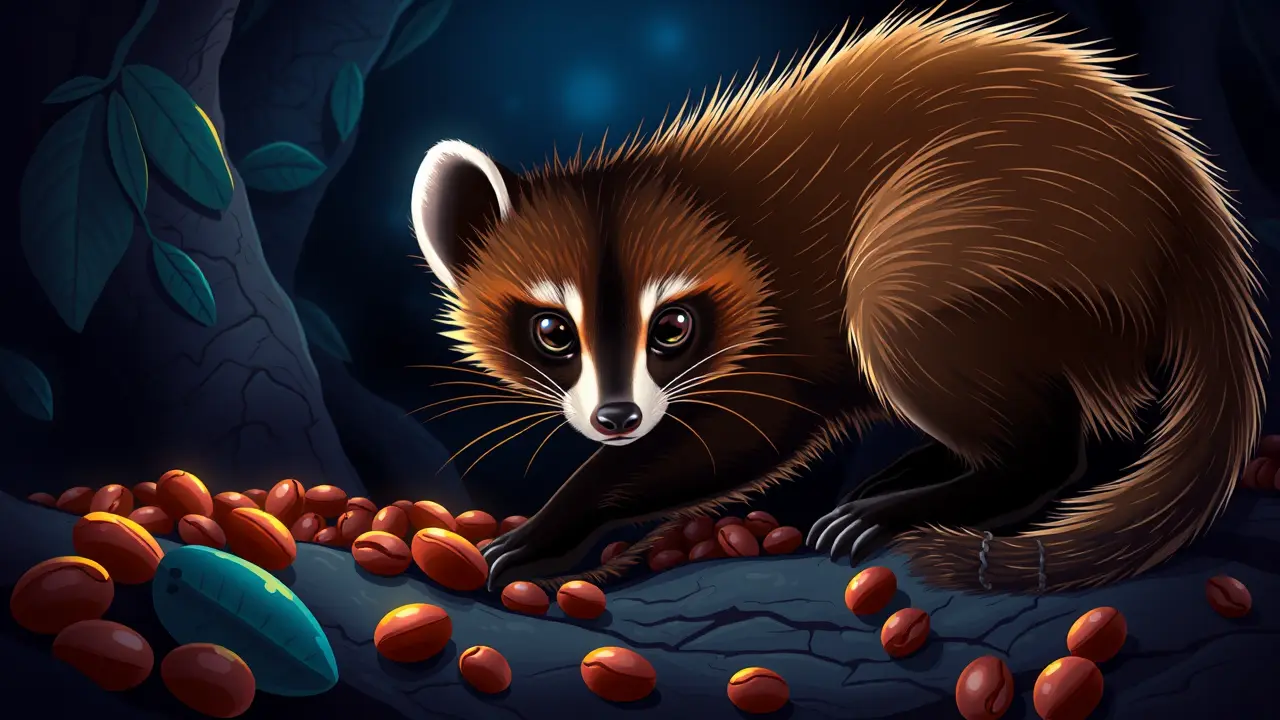
Sciencespace & astronomyMoon and Mars Exploration
Best Time to See the Biggest Supermoon of 2025
TH
Thomas Green
7 hours ago7 min read
While the jack-o'-lanterns have been extinguished, the celestial stage is set for a far more spectacular display this week, one that promises to captivate sky-watchers across the globe. On Wednesday, November 5, the night sky will be graced by the beaver moon, an event that holds the dual distinction of being the biggest and brightest full moon of 2025, a true supermoon where lunar fullness coincides perfectly with its closest orbital approach to our planet.For the optimal viewing experience, aim your gaze skyward just after sunset, when the supermoon's illusion of immense size is most pronounced on the horizon, a phenomenon amplified by atmospheric lensing that makes our celestial neighbor appear tantalizingly close. According to detailed forecasts, the prime viewing window stretches from dusk on Tuesday, November 4, through Thursday, November 6, with regional variations; the Northeast United States is poised for the clearest views on Tuesday, while the Great Lakes region will have its turn under the lunar spotlight on Wednesday.The precise moment of full illumination occurs at 8:19 a. m.ET on Wednesday, a fleeting instant of perfect solar opposition, though the moon's spectacular show truly peaks later that day at 5:30 p. m.ET when it reaches perigee—its nearest point to Earth in 2025—coming within a mere 221,726 miles of us. This intimate proximity is not just a numerical curiosity; it translates into a tangible visual feast, with the supermoon appearing a staggering 14 percent larger and 30 percent brighter than a typical full moon, a radiant beacon whose intensity is enough to cast sharp shadows and wash out all but the most brilliant stars, a reminder of the moon's profound gravitational influence on our world.The name 'beaver moon' itself is a nod to terrestrial cycles, hearkening back to a time when November signaled a period of heightened activity for beavers, diligently constructing their dams and stockpiling provisions in a race against the impending winter freeze, a natural rhythm now mirrored in the heavens. This luminous event is the centerpiece in a triumvirate of supermoons, bookended by October's hunter's moon and soon to be followed by December's cold moon on the fourth of that month, a sequence that offers a compelling narrative arc to the closing year.For those with a cosmic perspective, this supermoon is more than a pretty sight; it's a powerful demonstration of orbital mechanics, a delicate dance between gravitational forces where the moon's elliptical path brings it swinging close, a dynamic relationship that influences everything from ocean tides to cultural calendars, and serves as a humbling preview of the even more dramatic celestial events, like potential solar eclipses or planetary conjunctions, that await the patient observer. In the grand, silent theater of the cosmos, the beaver supermoon is a commanding solo performance, a chance to witness our planet's constant companion in its most flamboyant guise, a spectacle that connects us to the ancient rhythms of the sky and the enduring human fascination with the luminous orb that has guided, inspired, and mystified us since the dawn of time.
#beaver moon
#supermoon
#perigee
#sky-watching
#featured
#full moon
#astronomy
Stay Informed. Act Smarter.
Get weekly highlights, major headlines, and expert insights — then put your knowledge to work in our live prediction markets.
Related News
© 2025 Outpoll Service LTD. All rights reserved.












